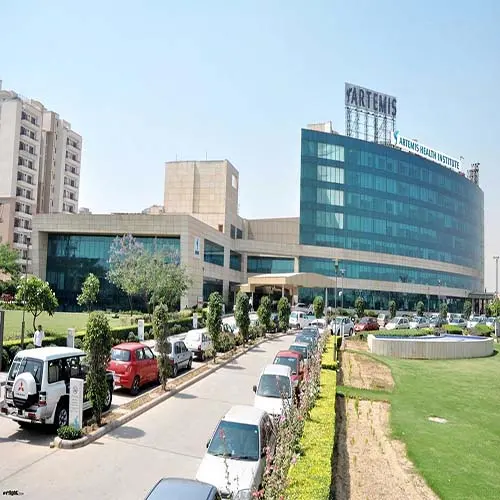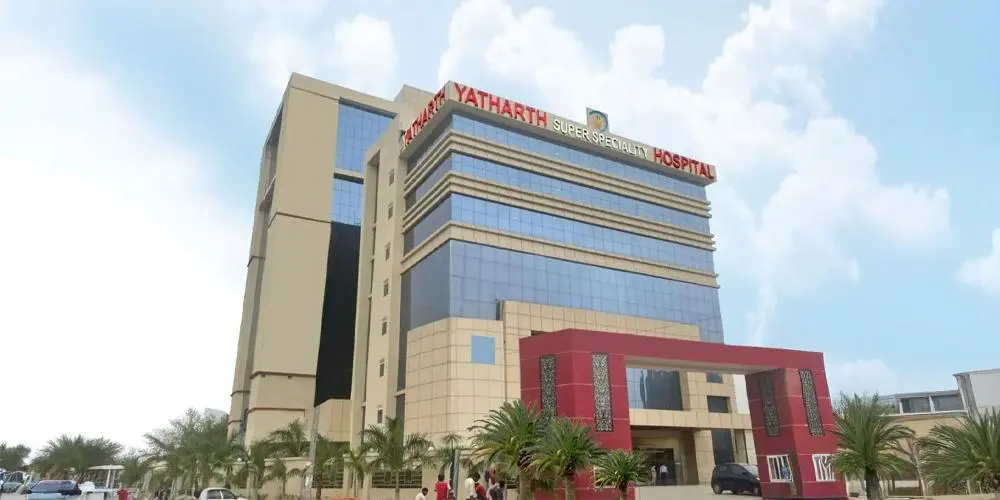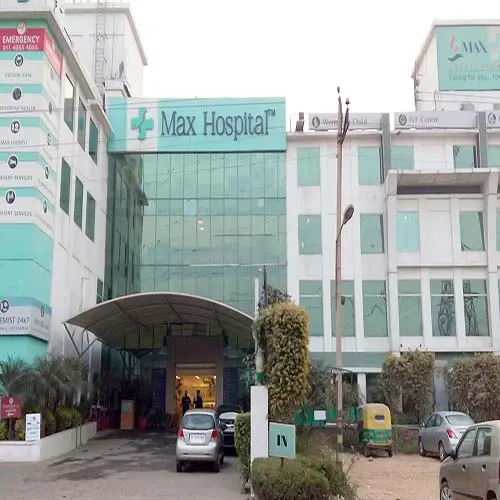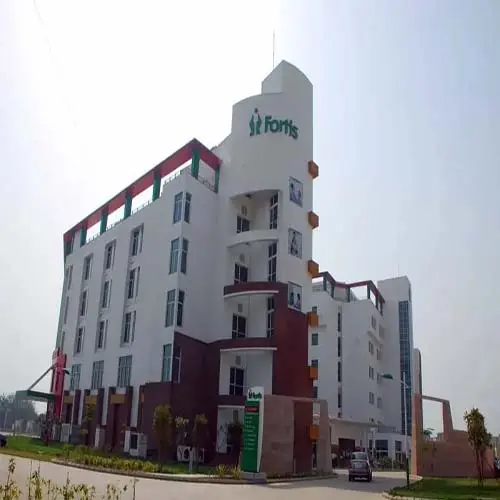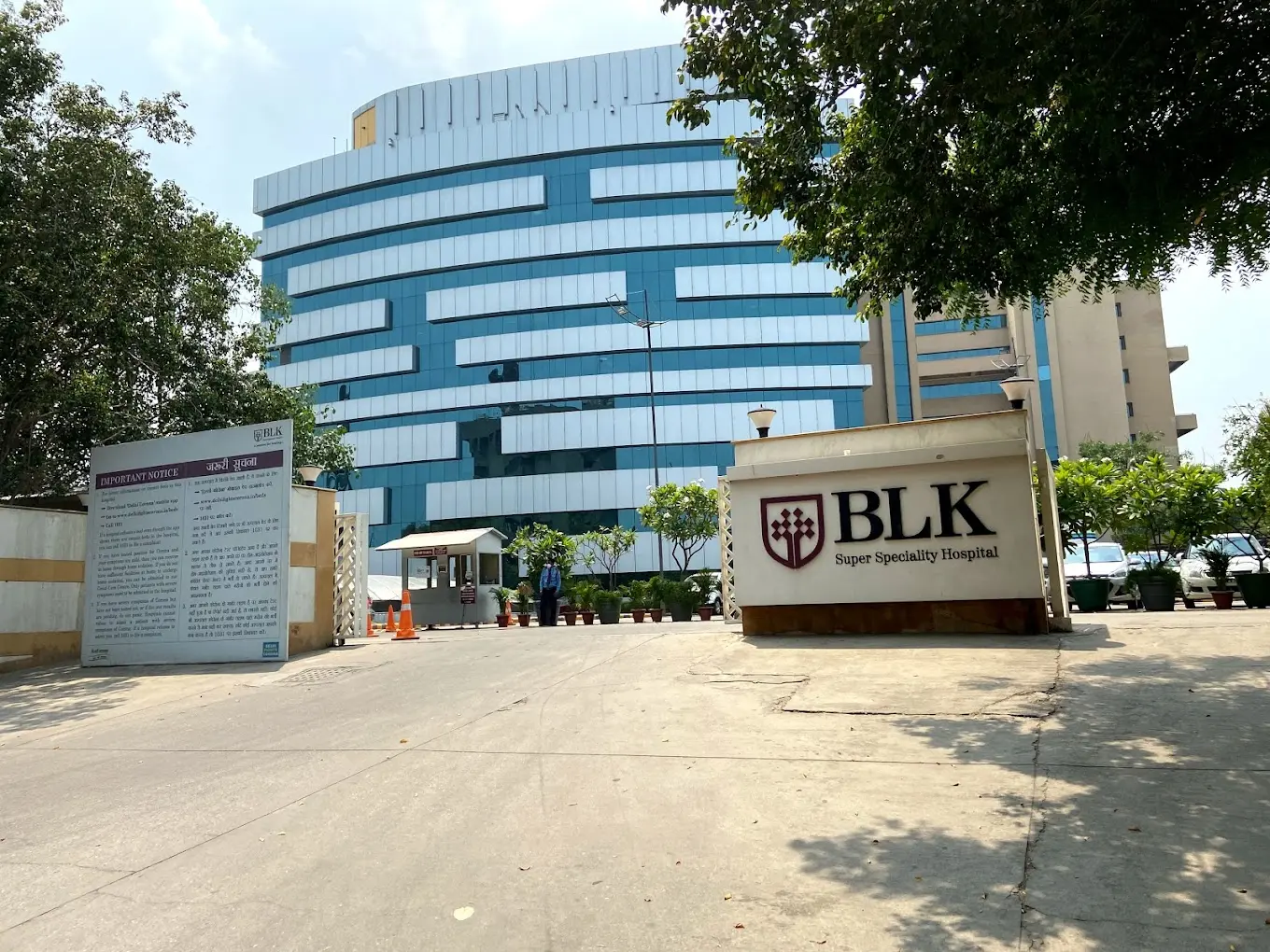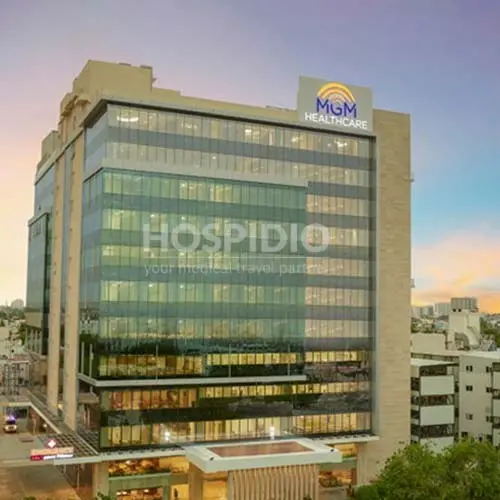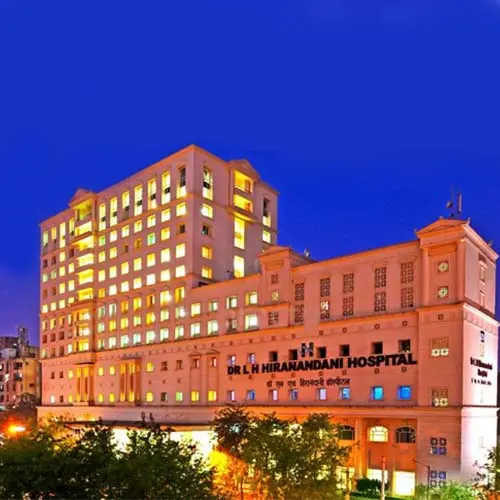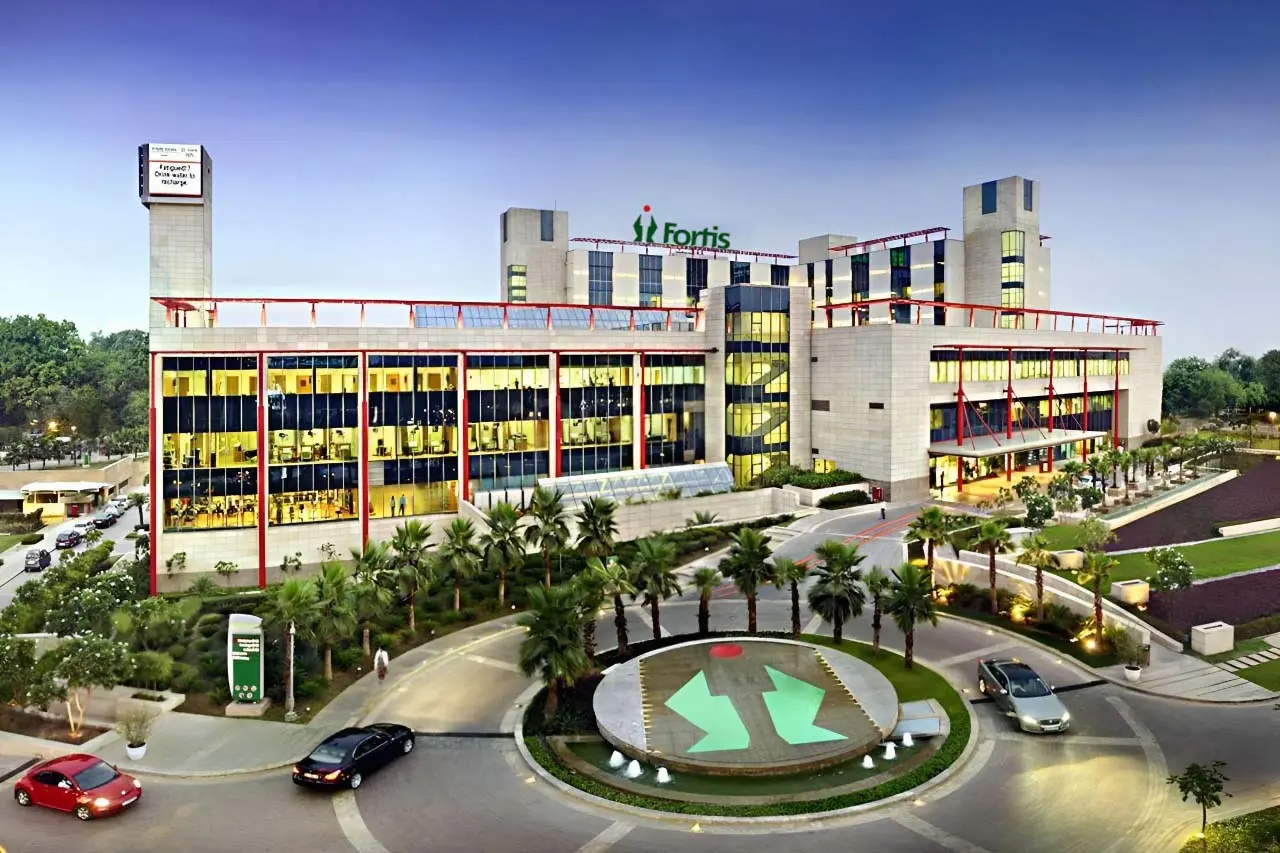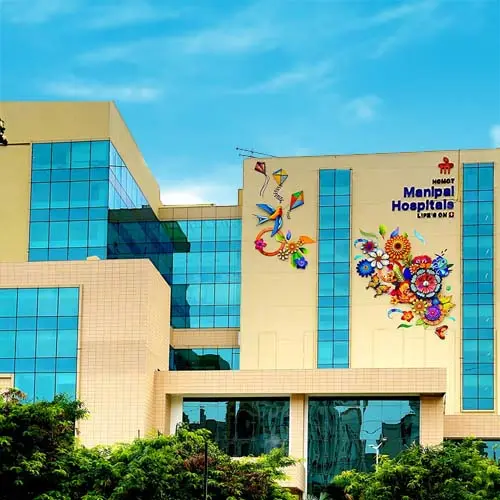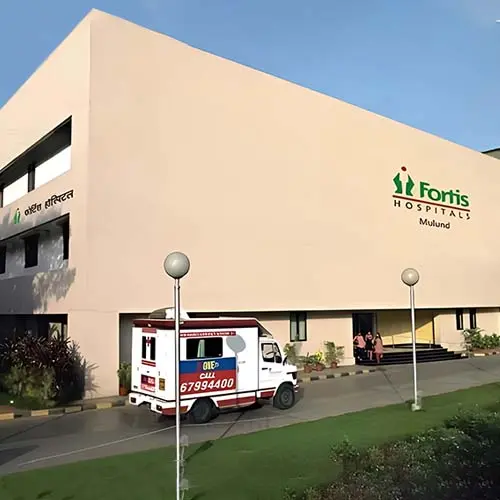Uterine Prolapse Treatment cost in India
The cost of uterine prolapse treatment in India typically ranges from $3000 to $7000, which is approximately equivalent to 2,40,000 to 5,60,000 Indian Rupees The final expense depends on factors such as the severity of the prolapse, type of surgery required (vaginal hysterectomy, sacrocolpopexy, or uterine suspension), hospital charges, the surgeon’s expertise, and the patient’s overall health condition
Cost Range of Uterine Prolapse Treatment cost in India
What is Uterine Prolapse?
Uterine prolapse is a medical condition in which the uterus (womb) slips down from its normal position into the vaginal canal due to weakened or stretched pelvic floor muscles and ligaments. This happens most commonly after childbirth, repeated heavy lifting, chronic coughing, or menopause when estrogen levels drop and tissues lose strength. Depending on severity, the uterus may drop slightly (mild prolapse) or protrude outside the vaginal opening (severe prolapse).
It can cause symptoms such as a feeling of heaviness or pressure in the pelvis, difficulty urinating or passing stool, lower back pain, vaginal bulging, and discomfort during intercourse. While mild cases can be managed with pelvic floor exercises or pessaries, advanced cases may require surgical treatment to restore normal pelvic support and improve quality of life.
Types of Uterine Prolapse (Stages)
Uterine prolapse is classified into different stages depending on how far the uterus has descended from its normal position:
Stage 1 (Mild Prolapse): The uterus has dropped slightly into the upper part of the vagina but does not reach the vaginal opening. Many women may not experience noticeable symptoms at this stage.
Stage 2 (Moderate Prolapse): The uterus has descended further and reaches the opening of the vagina. Symptoms such as pelvic pressure, discomfort, or urinary issues may become more noticeable.
Stage 3 (Advanced Prolapse): The uterus protrudes out of the vaginal opening partially. Women often feel or see a bulge, along with significant discomfort and urinary or bowel difficulties.
Stage 4 (Severe or Complete Prolapse): The entire uterus protrudes outside the vaginal opening. This is the most severe form and usually requires surgical treatment to restore normal pelvic anatomy.
Get a free cost estimate
Who is an Eligible Candidate for Uterine Prolapse Treatment in India?
Eligibility for uterine prolapse treatment depends on the stage of prolapse, severity of symptoms, overall health, and treatment goals. Here are the key factors:
1. Medical Eligibility Criteria
Confirmed Diagnosis – The patient must have a confirmed diagnosis of uterine prolapse through a pelvic examination, ultrasound, or MRI.
Stage of Prolapse –
Mild prolapse (Stage 1): Candidates may opt for non-surgical management like pelvic floor exercises or pessaries.
Moderate to severe prolapse (Stage 2–4): Usually eligible for surgical treatment.
Symptom Severity – Women experiencing significant pelvic pressure, vaginal bulging, urinary incontinence, difficulty passing stool, or discomfort during intercourse are considered eligible.
2. Treatment-Specific Eligibility
Pessary Use (Non-Surgical Option): Suitable for women who are unfit for surgery, wish to preserve fertility, or prefer conservative treatment.
Surgical Treatment (Hysterectomy or Uterine Suspension): Recommended for women with advanced prolapse, recurrent symptoms, or those who do not benefit from conservative management.
3. General Health & Fitness Criteria
Age Factor: Both younger women (wishing to preserve fertility) and older women (post-menopausal) may undergo treatment, depending on the approach chosen.
Overall Health: Candidates must have acceptable heart, lung, kidney, and liver function to safely undergo surgery.
Fitness for Anesthesia: A good performance status (ECOG score 0–2) is preferred for surgical eligibility.
4. Other Considerations
Future Fertility Plans: Women who still plan to have children may opt for uterine-preserving procedures instead of hysterectomy.
Absence of Active Infections: Patients must not have untreated vaginal or pelvic infections before surgery.
Pre-existing Conditions: Conditions such as uncontrolled diabetes, severe heart disease, or immune disorders may affect eligibility and require additional evaluation.
Types of Uterine Prolapse Treatment with Cost in India
Type of Treatment | Description | Cost in India (USD) |
Pessary Insertion (Non-Surgical) | A medical device is inserted into the vagina to support the uterus, often recommended for women who wish to avoid surgery or are unfit for surgery. | $500 – $1,000 |
Vaginal Hysterectomy | Surgical removal of the uterus through the vagina; one of the most common treatments for severe uterine prolapse. | $3,000 – $4,500 |
Uterine Suspension (Sacrohysteropexy) | The uterus is repositioned and supported with surgical mesh or sutures to preserve fertility. | $3,500 – $5,500 |
Sacrocolpopexy | A minimally invasive or open surgical procedure using mesh to support pelvic organs, often recommended for recurrent prolapse. | $4,000 – $6,000 |
Laparoscopic or Robotic-Assisted Surgery | Advanced minimally invasive approach with faster recovery, less pain, and smaller incisions. | $5,000 – $7,000 |
Get a free cost estimate
Uterine Prolapse Surgery Cost in India Inclusions
First consultation
Treatment as advised
Routine drugs and consumables required during hospitalization
Pre-anesthesia check up and clearance
Hospital stay and meals as per the package
Uterine Prolapse Surgery Cost in India Exclusions
Pre-operative examination and tests
Hotel stay, meals and flights
Extended hospital stay
Post-treatment follow-ups
Treatment for any other underlying medical conditions
Anything not covered in the package
Any complex investigations or drugs
Other Factors Affecting Uterine Prolapse Treatment Cost in India
Type of surgery advised
Choice of location, doctor and hospital
Pre-existing medical history
Type and duration of treatment advised
Future plans for pregnancy
History of successful pregnancies before
Types of Tests for Uterine Prolapse in India
Type of Test | Purpose | Cost Range in USD |
Pelvic Examination | Primary physical exam to check the degree of uterine descent and assess pelvic floor muscle strength. | $20 – $40 |
Ultrasound (Pelvic/Transvaginal) | Helps visualize pelvic organs and assess the position of the uterus and bladder. | $50 – $100 |
MRI Pelvis (if required) | Provides detailed imaging of pelvic organs and helps in planning surgery in complex cases. | $100 – $150 |
Urodynamic Tests | Evaluates bladder function, especially in patients with urinary leakage or incontinence. | $150 – $250 |
Pap Smear & Infection Screening | Detects cervical abnormalities and rules out infections before surgery. | $30 – $60 |
Pre-Surgical Fitness Tests | Includes blood tests, ECG, and chest X-ray to check overall fitness for anesthesia and surgery. | $80 – $150 |
Why is India Preferred as One of the Best Countries for Uterine Prolapse Treatment?
India is considered one of the top destinations for uterine prolapse treatment because of its affordable costs, advanced medical facilities, and highly skilled gynecologists. Patients can access world-class treatments, including pelvic floor repair surgeries, laparoscopic and robotic hysterectomy, and uterine suspension procedures, at a fraction of the price compared to Western countries.
A major advantage is the cost-effectiveness. While uterine prolapse surgery in countries like the USA or UK can be extremely expensive, in India the same procedures are offered at 40–70% lower costs, without compromising on quality. This makes treatment more accessible for both domestic and international patients.
India is home to leading JCI- and NABH-accredited hospitals which are equipped with advanced diagnostic imaging (Ultrasound, MRI), minimally invasive surgical tools, and robotic-assisted systems that ensure faster recovery and fewer complications.
Indian gynecologists and urogynecologists are highly experienced, with many trained in top international institutions, ensuring that patients receive globally comparable care. In addition, the country offers minimal waiting times, allowing patients to undergo evaluation and surgery quickly—an important factor for those experiencing severe symptoms.
Medical tourism services in India further support international patients with visa assistance, language interpretation, accommodation, and follow-up care, making the entire journey smooth and stress-free.
With its blend of affordability, expertise, and advanced technology, India has emerged as one of the most preferred countries for uterine prolapse treatment worldwide.

